The goal of most SEM clients is relatively straightforward and ASM’s brief to Cogney was no different: they sought to increase click-through rate (CTR) while lowering their cost-per-click (CPC) in order to increase return on ad spend (ROAS). To that end, we performed a granular analysis of their existing campaign set-up and history to adjust budget allocations for the following elements:
Broad, phrase and exact match keywords
When the searcher types in a close variant of your advertised keyword, your ad will show up if “broad match” is permitted. In comparison, the search query must match the stated keyword or phrase exactly when “exact match” is specified. “Phrase match” keywords must be present in the search query in the same order as designated.
The number of keywords for any given adgroup
(An adgroup is a set of keywords triggering the same ad or ads.) Thus, if you’re a jeweler selling various types of jewelry, you might want to set up separate adgroups for “Rings”, “Bracelets” and “Earrings”. The Rings adgroup might consist of keywords such as “engagement ring”, “cocktail ring”, “wedding band”, etc. This simple example highlights the importance of choosing keywords that are sufficiently related to each other so that it makes sense to show the searcher the same ad. Should someone looking for an “engagement ring” see the same ad as someone looking for a “cocktail ring”, for example? As you can imagine, a failure to closely scrutinize the relatedness of the keywords within the same adgroup can impact ROAS significantly.
Premium position
Is it worth paying for placement at the top of the page for all the keywords in your campaign? Some keywords are really expensive whereas others might be underpriced considering the company’s selling proposition or best products. Consequently, eliminating overpriced keywords is key to optimizing budget.




